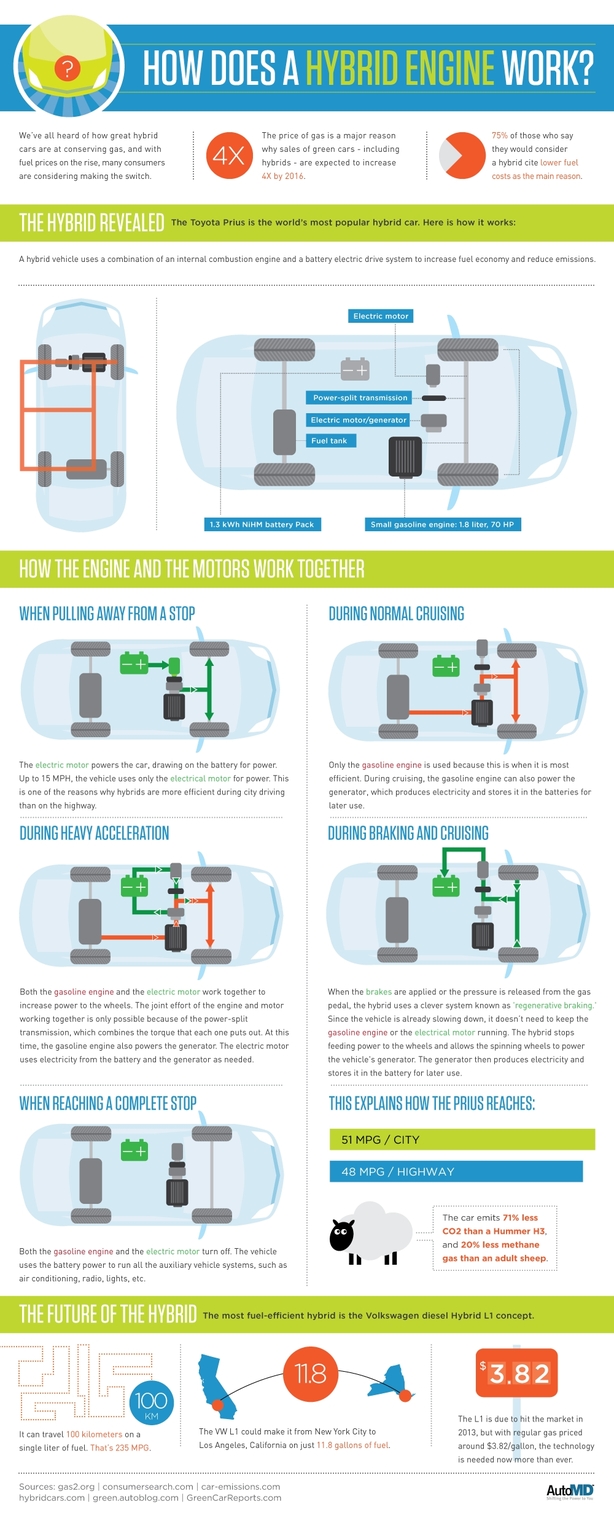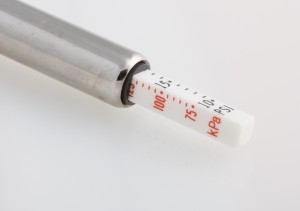It’s sad that when you Google “nitrogen tire inflation”, the top two related searches are “nitrogen tire inflation myth” and “nitrogen tire inflation scam.” There are a few arguments at as to why nitrogen tire inflation is a waste of time of money: using air is free, air is already 78% nitrogen, benefits don’t outweigh the cost etc. We’ve been doing our best here at Nitronomics and at Nitrofleet99 to bust to counter those arguments. But, it’s time to show that we aren’t the only ones who support the practice of nitrogen in the tires.
Yes, we’ve previously covered studies from tires companies such as Ford and Michelin, but news outlets and industry magazines are covering this topic as well. Surely, they wouldn’t write an article promoting the practice if the whole thing was a scam or a myth. One of the most recent of these articles is a piece from Modern Tire Dealer, a business-to-business information source on the tire industry. Authored by John Daws Ph.D, he studied the oxygen permeation of several different inflation methods. Daws concluded that nitrogen tire inflation does have its benefits.
Nitrogen tire inflation may seem like a brand new concept, but it really isn’t. Not only has the practice been used by NASCAR and the airline industry for a long time, this Fox News article from 2006 shows that the concept of consumers using nitrogen in the their tires was around even five years ago. For something much more recent, Leslie Silverman of the Connecticut Watchdog wrote an excellent post last month on the benefits of nitrogen tire inflation and how it works.
Overall, if you don’t take our word for it, there’s the word of many others who are saying the same thing. We’ve found a lot of skeptics, but we haven’t found anyone or any evidence that say nitrogen tire inflation is harmful for your tires or bad for your vehicles in the long run. If anything, it’s worth a shot, at least once.













